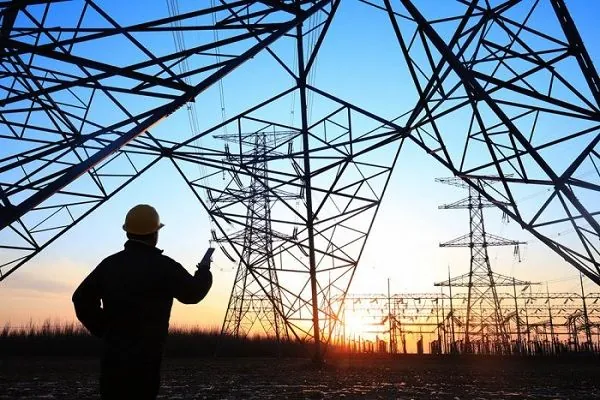“Ukrainian energy sector in critical condition after latest massive Russian attack – mediaUkraine’s power grid is under threat after a massive Russian attack that poses risks to three operating nuclear power plants.
Greenpeace warns of the possibility of a large-scale radiological accident in the event of a prolonged power outage at the
reactors.”, — write: unn.ua
“Russia is using the threat of a nuclear disaster as a key military tool to put pressure on Ukraine. But such attacks pose a risk of a nuclear disaster in Europe that could be more widespread than Fukushima in 2011 or Chernobyl in 1986,” said Greenpeace nuclear expert Sean Burney.
Although Greenpeace is an independent organization, it works with the Ukrainian government. Ukrainian officials contacted by the Guardian confirmed the technical analysis of the crisis.
The explosions were heard in Kyiv, Odesa, Mykolaiv, Kryvyi Rih, Pavlohrad, Vinnytsia, as well as in Rivne and Ivano-Frankivsk. In addition, explosions were heard near Ukraine’s border with Moldova, where the Ukrainian power grid is connected to the neighboring country and the rest of Europe.
Although the attacks did not directly target Ukraine’s three operating nuclear power plants – Rivne, Khmelnytsky and South Ukraine – Greenpeace notes that Russia has deliberately increased pressure on these facilities by shelling the substations that supply power to them.
The IAEA reported that on Sunday, the main power lines from four substations to three nuclear power plants were cut off. Observers heard a loud explosion at the Khmelnytsky NPP, and two lines to the Rivne NPP became inaccessible. The capacity of six of the nine nuclear reactors at three plants was reduced.
Nuclear power plants now generate about two-thirds of Ukraine’s electricity, as previous Russian attacks have destroyed most of the country’s coal, fuel oil and hydroelectric power plants. Greenpeace warns that severe damage to the electricity infrastructure is causing significant instability that could lead to prolonged shutdowns of external power to the reactors.
Ukrainian NPPs are equipped with diesel generators and batteries with enough fuel to operate for 7-10 days. However, in the event of a fuel shortage or inability to restore power, there is a risk of a nuclear fuel meltdown, which could cause a large-scale radiological accident. According to Greenpeace, such a catastrophe would hit Ukraine hardest, but much of Europe could also be affected, depending on weather conditions.
Recall
Today, Yasno’s CEO reportedthat the massive shelling of energy infrastructure on November 17 damaged generation and transmission facilities, leading to the introduction of blackout schedules.
